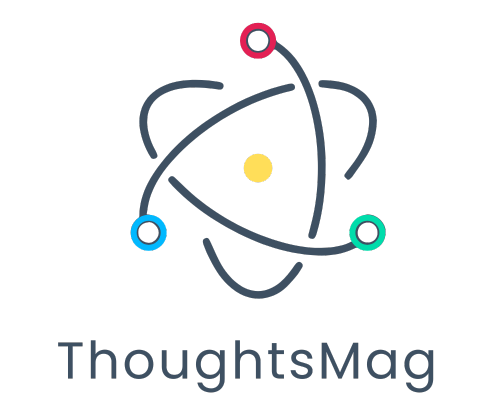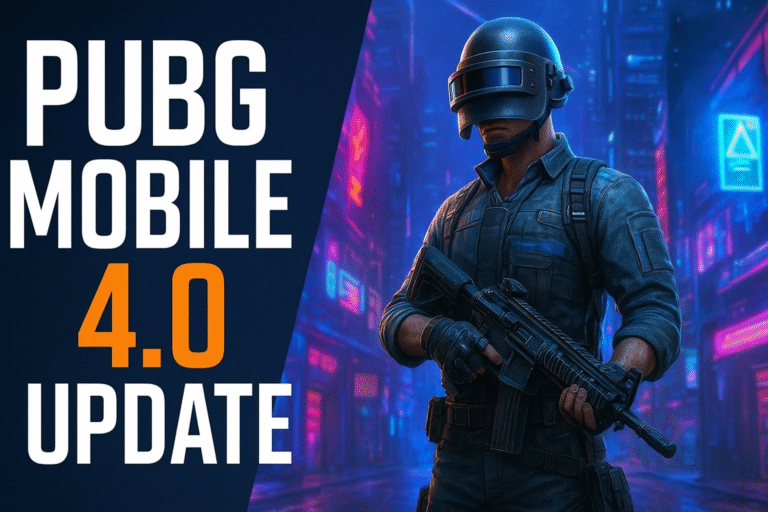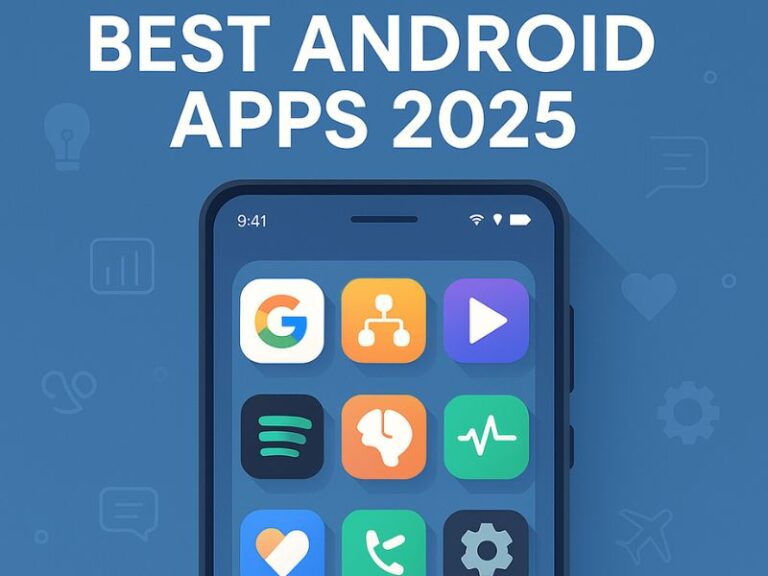AI and Machine Learning Are Reshaping Digital Experiences. And How!
“Artificial intelligence is the new electricity.” – Andrew Ng, Co-Founder, Google Brain
It is. It really is electric with its impact on industries worldwide. Because, love it or hate it, you can’t ignore AI anymore. At the least, anyone would appreciate how AI takes care of the most mundane tasks. Like data entry! But here’s what many people miss: It’s not just about automation.
Machine Learning (ML)—a powerful subset of AI—isn’t just replacing manual work; it’s actively improving how digital experiences are created, refined, and personalized. From UX design to web development and digital marketing, ML isn’t just automating tasks—it’s learning, predicting, and evolving.
A report by Gartner claims that by 2025, 80% of customer interactions will be handled without human intervention. But what’s more exciting is that these interactions will be smarter, more adaptive, and more user-friendly than ever before, thanks to Machine Learning.
So, what does this actually look like in action? Let’s explore how AI and ML are moving beyond automation to reshape digital experiences in a meaningful way.
Personalization: Machine Learning is Creating Smarter, More Intuitive User Journeys
Basic automation delivers static, rule-based personalization—like a website showing “You might also like” recommendations based on past purchases.
But ML-powered personalization is dynamic, evolving, and predictive. Instead of just reacting to user actions, Machine Learning:
- Anticipates what users need before they ask.
- Learns from every interaction to improve future ones.
- Adjusts interfaces in real-time based on user preferences and behavior.
Where ML is Making Digital Experiences More Personal
E-commerce: Machine Learning tracks shopping patterns, search habits, and even abandoned carts to serve smarter, more relevant product recommendations.
Streaming Services: Netflix’s algorithm doesn’t just recommend what’s popular—it predicts what you’ll want to watch next, even before you know it.
UI/UX Design: ML-powered adaptive interfaces adjust content, colors, layouts, and interactions based on user behavior.
For example, Amazon’s recommendation engine, powered by deep learning models, accounts for 35% of total sales (McKinsey). That’s how powerful ML-driven personalization can be.
How businesses can apply Machine Learning-driven personalization:
- Use ML-powered A/B testing tools to refine UX based on real-time engagement data.
- Foresee customer needs and behaviors using predictive analysis.
- Build ML-driven recommendation systems that evolve with user preferences.
Machine Learning in Customer Service: Smarter, More Adaptive Conversations
AI-powered chatbots and virtual assistants are everywhere. But most chatbots aren’t actually learning—they follow pre-set scripts and rules.
This is where Machine Learning changes the game.
How ML is Making Customer Interactions More Intelligent:
- Self-learning chatbots get smarter with every conversation, recognizing patterns and adjusting their responses.
- Natural Language Processing (NLP) makes bots sound more human and less robotic.
- Sentiment analysis detects frustration or urgency, prioritizing users who need human assistance.
Here’s an example: Bank of America’s Erica is an ML-powered virtual assistant that has handled over 1 billion interactions. It learns from each conversation to improve responses.
How businesses can apply Machine Learning in customer service:
- Use ML-powered NLP models to improve chatbot accuracy.
- Implement sentiment analysis to detect frustrated customers and escalate issues appropriately.
- Train virtual assistants on real conversations to continuously refine responses.
ML-Driven Content Creation: Smart, Data-Informed, and Scalable
Basic AI tools can generate blog posts, ad copy, and product descriptions. But Machine Learning-powered content engines go further. They analyze what actually works, learn from engagement data, and refine future content accordingly.
How ML is Improving Content Strategy
- Automated SEO Optimization: Machine Learning tools analyze search trends and adjust content to improve rankings.
- AI-Powered Copywriting: Platforms like Jasper AI adjust tone and style based on audience engagement.
- Dynamic UI Content: Websites now personalize headlines, product descriptions, and CTAs based on user behavior.
Did you know? Buzzfeed uses ML-powered analytics to determine which articles will go viral before they’re published.
How businesses can use ML for smarter content creation:
- Use ML-driven analytics to identify high-performing content topics.
- Automate A/B testing for UI copy, headlines, and CTAs.
- Train AI models to adjust marketing content based on engagement data.
Smarter UI/UX Design: Machine Learning is Changing Interactive Experiences
ML isn’t just optimizing digital experiences—it’s making them more intuitive, accessible, and responsive.
Where Machine Learning is Transforming UX
- Predictive UX: ML anticipates user actions and preemptively surfaces relevant features.
- AI-Powered Heatmaps: ML tools analyze where users hesitate, scroll, and click, helping designers fine-tune interfaces.
- Voice & Gesture Recognition: ML enables hands-free navigation and accessibility-friendly interactions.
Take Google’s ML-powered Material You for example. The design framework adjusts UI elements dynamically based on user behavior.
How businesses can apply ML in UX:
- Use ML-driven heatmaps and behavior tracking to optimize web and app interfaces.
- Implement predictive UX elements that adapt in real time.
- Train ML models to identify user friction points and suggest design improvements.
ML in Development: Smarter Code, Faster Deployment
ML is making web and app development more efficient by automating debugging, predicting system failures, and optimizing performance.
How ML is Reshaping Development:
- ML-Powered Code Assistants help developers write cleaner, more efficient code.
- Automated Testing with ML catches bugs before launch, reducing costly fixes.
- Performance Optimization predicts server loads, crashes, and lag issues before they happen.
For example, Google’s PageSpeed Insights uses Machine Learning to analyze website performance and recommend optimizations.
How businesses can apply ML in development:
- Use ML-driven debugging tools to catch errors early.
- Implement predictive analytics to reduce app crashes.
- Automate code optimization for better efficiency.
Final Thoughts…
Machine Learning isn’t just automating tasks—it’s redefining how users interact with digital products.
For businesses, the challenge is not whether to use AI and ML, but how to use them effectively. That’s where working with an AI-driven UX design and development team makes a difference.
Because at the end of the day, Machine Learning isn’t just about efficiency—it’s about creating smarter, more meaningful digital experiences.






